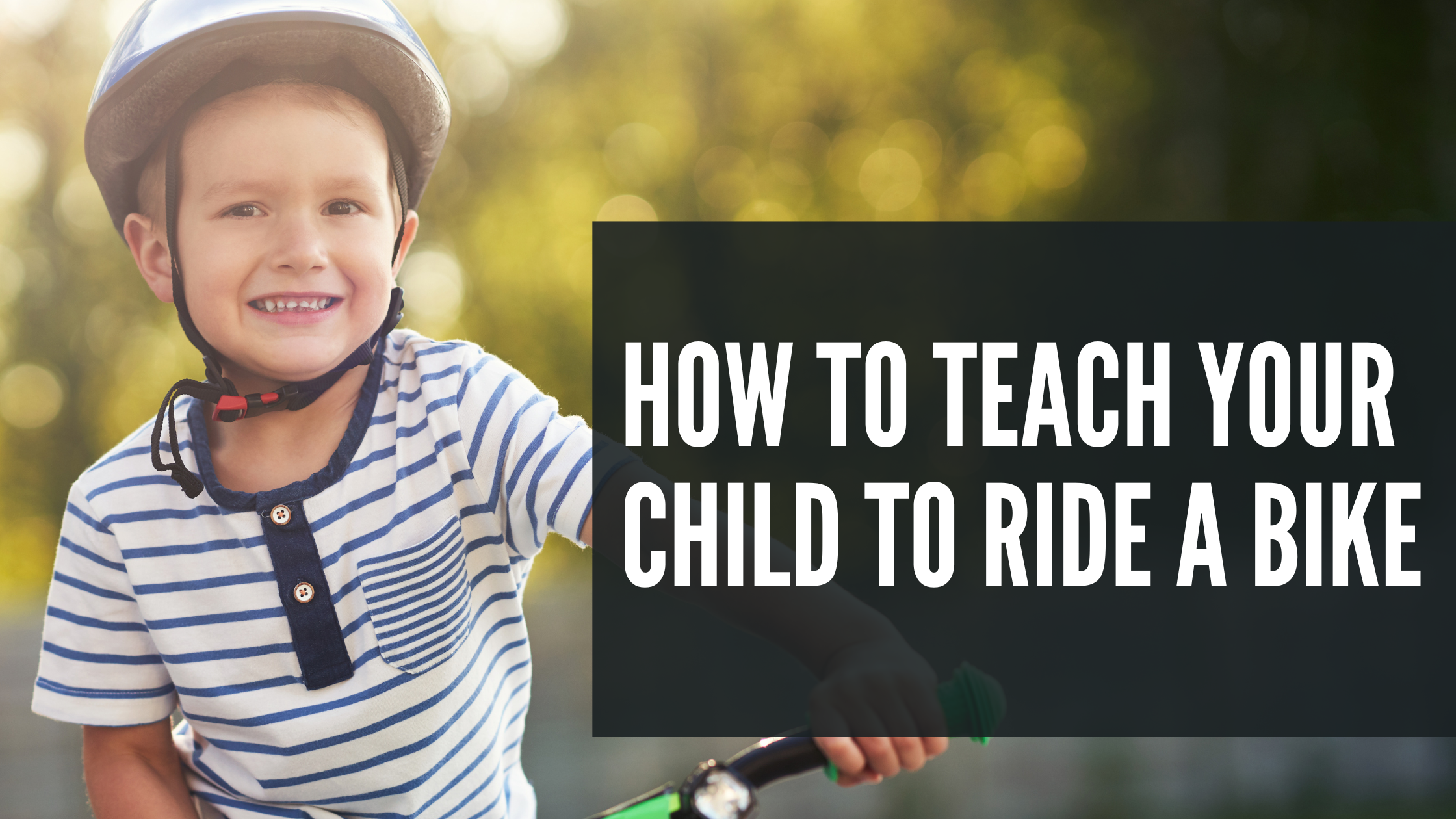Teaching your child to ride a bike is a memorable milestone filled with excitement and a few wobbles. With patience and the right approach, you can make this experience enjoyable and rewarding for both you and your child. Here’s a step-by-step guide to help you get started.
Choose the Right Bike
The first step is selecting a bike that’s the right size for your child. A bike that’s too big or too small can make learning difficult and frustrating.
Key Points:
- Correct Size: Your child should be able to touch the ground with their feet while sitting on the saddle.
- Training Wheels: Consider starting with training wheels for balance support.
- Balance Bikes: A great option for younger children to learn balance before transitioning to pedals.
Safety First
Ensure your child’s safety by equipping them with the necessary gear.
Key Points:
- Helmet: A properly fitting helmet is crucial.
- Pads: Knee and elbow pads can prevent scrapes and bruises.
- Clothing: Dress your child in comfortable, close-fitting clothes to avoid getting caught in the bike.
Find a Suitable Practice Area
Choose a safe, open area with a flat surface where your child can practice without obstacles.
Key Points:
- Flat Surface: Smooth, flat ground helps your child focus on learning without worrying about terrain.
- Open Space: A large area free of traffic, like a park or empty parking lot, provides ample space for practice.
- Soft Ground: Grass or a dirt field can soften falls, reducing the fear of injury.
Start with Balance
Balancing is the foundation of riding a bike. Start by teaching your child to balance before introducing pedaling.
Key Points:
- Balance Bike: If using a balance bike, let your child walk and glide with their feet.
- Remove Pedals: On a regular bike, consider removing the pedals temporarily to focus on balance.
- Scooting: Encourage your child to scoot and glide with their feet on the ground.
Teach Steering and Braking
Before adding pedaling to the mix, ensure your child is comfortable steering and braking.
Key Points:
- Steering Practice: Have your child practice turning the handlebars while walking the bike.
- Braking Practice: Teach your child how to use the brakes, emphasizing gentle pressure.
Introduce Pedaling
Once your child is comfortable with balance, steering, and braking, it’s time to introduce pedaling.
Key Points:
- One Foot at a Time: Have your child place one foot on a pedal while pushing off with the other foot.
- Push and Glide: Encourage your child to push off and start pedaling with both feet.
- Support: Hold the back of the saddle or under the arms for support as they get used to pedaling.
Practice Starting and Stopping
Teach your child how to start pedaling from a stop and how to stop smoothly.
Key Points:
- Starting: Show your child how to push off with one foot while the other foot is on a pedal.
- Stopping: Practice braking gently and putting feet down to stop.
Encourage and Support
Encouragement is key to building your child’s confidence and enjoyment.
Key Points:
- Positive Reinforcement: Praise their efforts and celebrate small victories.
- Stay Patient: Be patient and understanding, offering support and guidance as needed.
- Short Sessions: Keep practice sessions short and fun to maintain enthusiasm.
Gradually Increase Challenges
As your child becomes more confident, gradually introduce new challenges.
Key Points:
- Different Terrains: Practice on different surfaces like grass, gravel, and pavement.
- Small Hills: Introduce gentle slopes to practice going uphill and downhill.
- Turns and Obstacles: Set up cones or markers to practice turning and maneuvering.
Enjoy the Ride
Teaching your child to ride a bike is a wonderful bonding experience. With the right approach, plenty of encouragement, and a focus on safety, your child will be zooming around with confidence in no time. Remember, every child learns at their own pace, so celebrate their progress and enjoy the journey together. Happy riding!



Share:
The Ultimate Stretch Chopper Cruiser Bike: Kraken Pro 26"
Exploring Urban Areas: Best Bikes for City Commutes